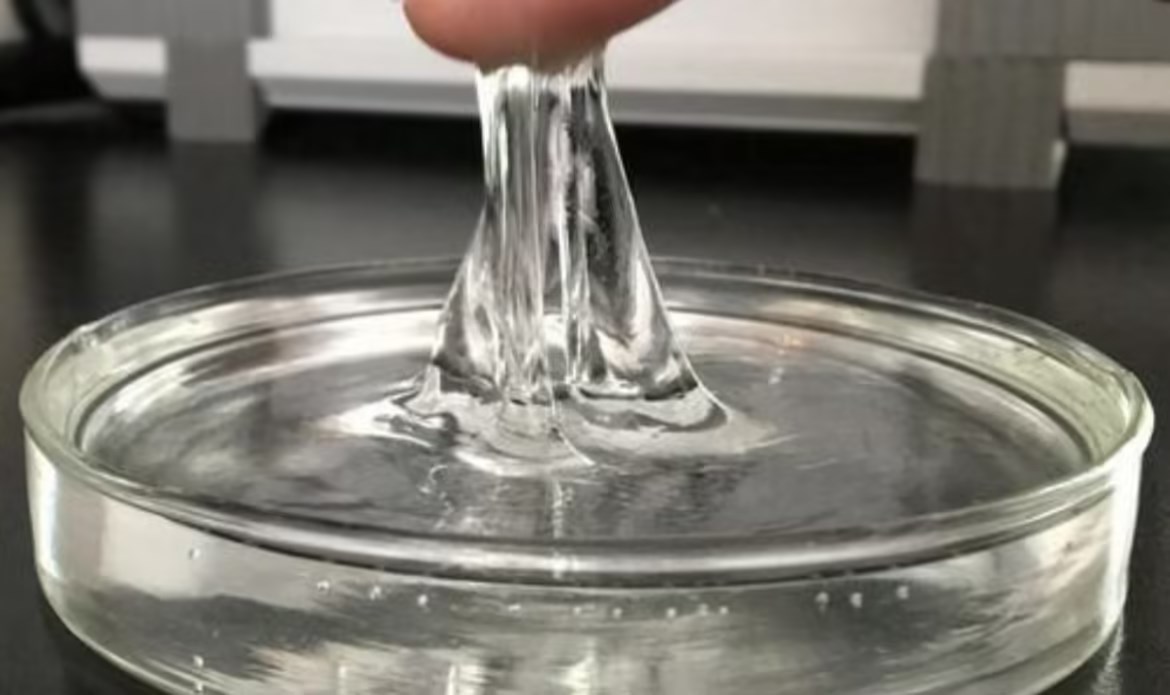Chemical composition and structural basis of silicone oil
Silicone oil is a linear polymer composed of polydimethylsiloxane, whose basic structural units are silicon atoms and oxygen atoms connected by Si-O bonds, usually with methyl or other organic groups attached on both sides. The most commonly used silicone oil is methyl silicone oil, whose organic groups are all methyl. In addition, by introducing other organic groups such as ethyl, phenyl, chlorophenyl, trifluoropropyl, etc., silicone oils with different properties can be prepared.
https://www.112seo.com/product.html
1.1 Polydimethylsiloxane (PDMS)
Polydimethylsiloxane is one of the main components of silicone oil, with a chemical formula of [(CH3) ₂ SiO] ₙ. It has the characteristics of simple structure and easy synthesis. PDMS is the core structure of silicone oil, endowing it with excellent physical and chemical properties such as low surface tension, high thermal stability, and good electrical insulation.

1.2 Chemical Structure of Modified Silicone Oil
In addition to the basic PDMS structure, chemical modification can introduce other functional groups to endow silicone oil with new properties. For example, amino modified silicone oil enhances its adsorption and compatibility by introducing amino groups into the side chains or end groups; Polyether modified silicone oil improves its hydrophilicity and water solubility by introducing polyether groups.
1.3 Synthesis of Silicone Oil
Silicone oil is usually formed by hydrolysis and condensation of bifunctional and monofunctional organic silicon monomers. By controlling the synthesis conditions and reactant ratios, the molecular weight and properties of silicone oil can be adjusted to meet the needs of different application scenarios.
